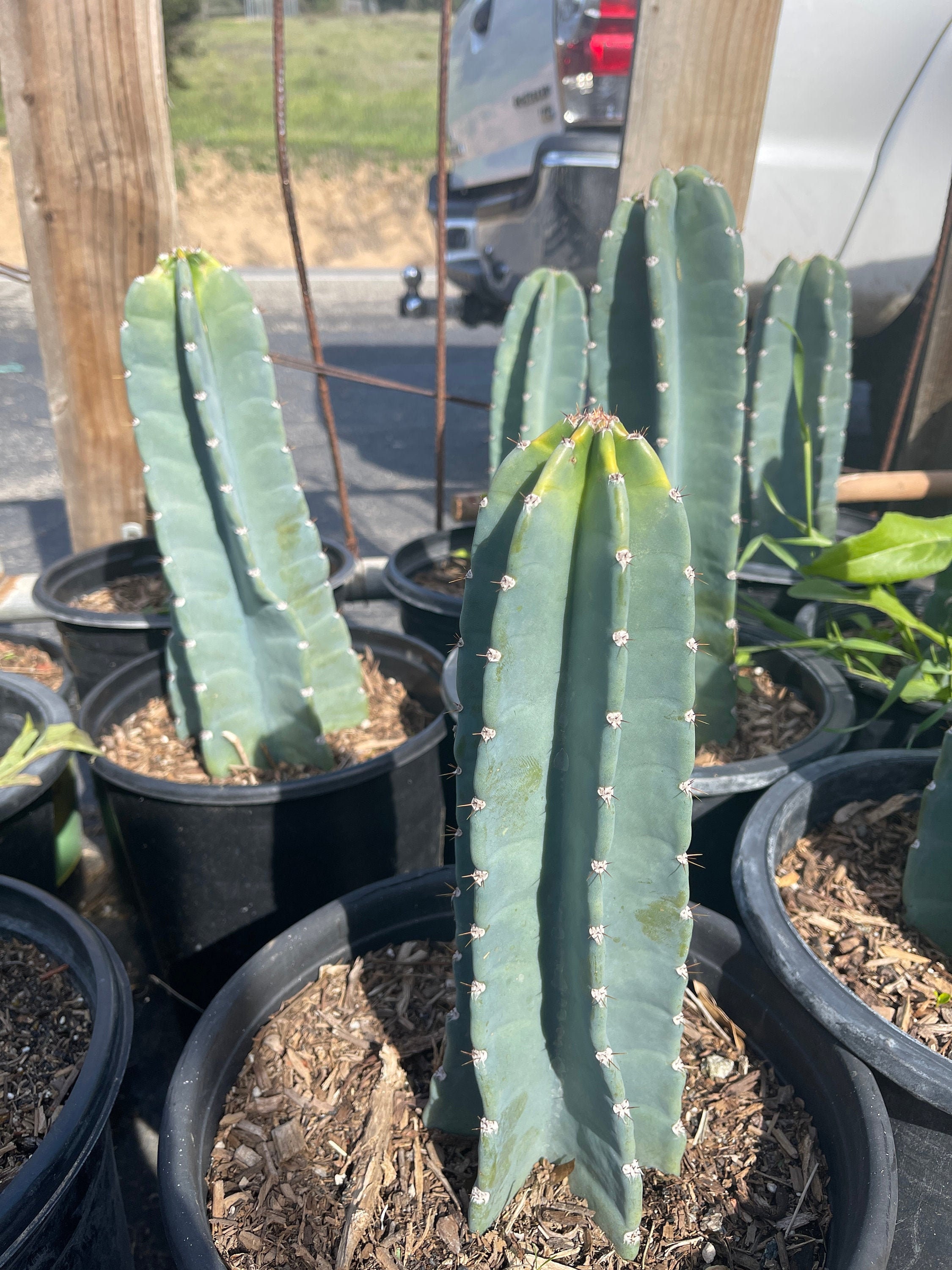
Next, it helps to apply the feed during summer to help encourage blooming. Potassium will help your plant during the flowering and helps develop the fruit. The main components your cacti need are nitrogen to encourage the growth of the stem and leaves. Finally, you can collect a sample of the potting mix to take to a lab for testing. It also helps determine what nutrients your cactus needs during the growth cycle. But you can add fertilizer to help boost your plant growing indoors. In optimal conditions, the succulent grows in potting medium without any nutrient values. Let the water drain and remove it from the saucer it stands in. After you water your cactus, do not disturb it. The water amount also depends on your cactus size and the pot.Ī mature plant will need more water than a smaller plant, and always ensure that the excess water runs from the pot. You can sprinkle water over the surface to become moist. If you feel any moisture, then refrain from watering.įurthermore, it only needs minimal watering per session, but the water frequency depends on the climate. You can stick your finger about three inches into the potting medium. The best way to determine if your Peruvian cacti need water is to check the soil. Thus, it helps to adhere to strict watering schedules at this time, about once a week during the dormant phase. But it helps to let the soil dry between watering to prevent root rot.ĭuring the winter months, your Cereus peruvianus needs little water as too much water negatively affects the plant’s health, resulting in more complications in the near future. So during the growing season of spring and summer, you can provide it with constant moisture. The cactus plant does not need much water because it has succulent leaves that store water to adjust to drought. How Often to Water Peruvian Apple Cactus Plants Hence, if you live in a cooler region, you may need to adapt the lighting using artificial lighting for your cactus needs.īut it will with seasonal changes to adapt the light to provide your plant with its lighting demands. It also helps to ensure no obstructions in the plant’s way when growing outside.ĭuring the spring and summer months, flowers will enter a dormancy period during winter. So, if you grow your hedge cactus inside, place it in a well-lit window where it can receive direct sun. The Peruvian apple cactus is a desert cactus growing in bright light. Light Requirements for Peruvian Apple Cactus The ideal soil is similar to the one you find in the desert.Īlternatively, you can add more sand to your cactus mix if preferred. We also recommend checking the potting medium to amend it for added drainage. Yet, it prefers acidic soils with pH levels from 5 to 7.Ī soil pH kit will help determine the correct pH level by taking a soil sample instead of spending a fortune on a lab test. The Peruvian cactus thrives in a well-draining soil like a cactus mix. The first crucial Peruvian apple cactus care is providing them with suitable soil. It is also a fast-growing plant that needs loads of space inside. What it does require is constant trimming when you grow it as an indoor plant. Maintaining the Peruvian apple cactus is easy as it does not need much watering and prefers sandy soil with drainage.

The reason for naming it Queen of the Night is the gorgeous cream-colored flowers that open for one night.


You can still find some of the indigenous tribes referring to the cactus as Cadush or Kayush. The more familiar names are Queen of the Night, hedge cactus, column cactus, and giant club cactus. The apple cactus remains a hardy plant to withstand different conditions for a long time. It also grows with a tree-like appearance. The apple cactus has a grayish-green to blue stem top. You can enjoy the soft edible fruit varying in color from violet-red to yellow at specific times of the year, and it remains an ideal plant to decorate your living space and garden. It reaches incredible heights up to 20 feet in optimal growing conditions. It is a tall, thorny column cactus and a beautiful flowering plant from South America found throughout Argentina, Brazil, Paraguay, and Uruguay. You can enjoy a beautiful ornamental display or create an edible garden with one. The fancy name for the Peruvian apple cactus plants is Cereus peruvianus or the Cereus repandus these days. So whether you have the cactus or planning to buy one, this guide will help you care for this exciting plant. The Peruvian apple cactus makes for an exceptional ornamental plant in the home.


 0 kommentar(er)
0 kommentar(er)
